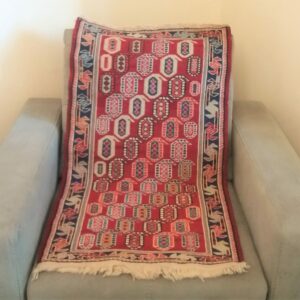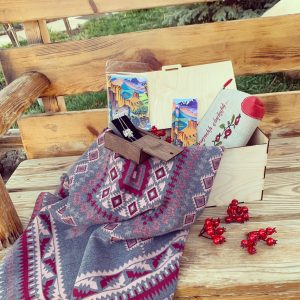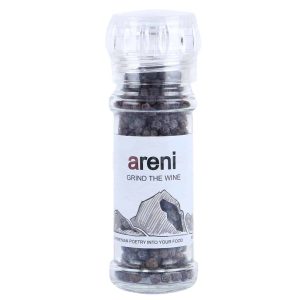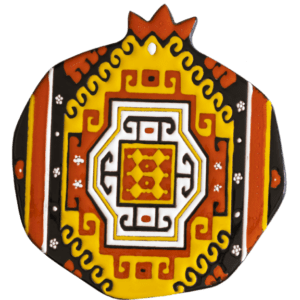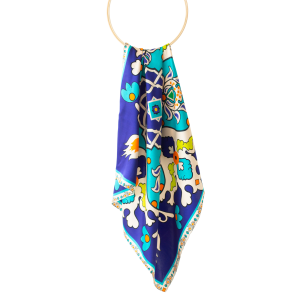-
Traditional Armenian Carpet
Each Armenian carpet are unique which reflect the symbols, beliefs and religious notion of the ancient ancestors of the Armenians that reached us from the depth of centuries.
$172.00Traditional Armenian Carpet
$172.00 -
Dried Apricot
Dried apricot, pitted. Ingredients: 100% pure apricot. Producer “Multipack” LLC.
$3.69Dried Apricot
$3.69 -
Gift Box For Girls
Gift box includes:
1. Bracelet with Shushi Angel Icon
2. make up bag with Armenian pomegranates
3. Eco pen with Saryan painting
4. Passport case with Saryan painting
5. Cashmere scarf with Armenian ornaments$79.99$89.99Gift Box For Girls
$79.99$89.99 -
Girl’s Style-Merge Colorful Skirt
- A Gyle girl’s colorful mini skirt
- Made from natural materials, making it comfortable and eco-friendly
- Processing time: 1 week
$37.00 -
Hand Painted Armenian Duduk (Key A)
Hand Painted Traditional Armenian Duduk
$49.00 -
Sharp and soft.
Sharp and soft. Art work. Print on canvas or photopaper.
$45.00 – $100.00Sharp and soft.
$45.00 – $100.00 -
“Queen” Silver Jewelry Set
Silver 926
Set: earrings and ring
$76.00$86.00“Queen” Silver Jewelry Set
$76.00$86.00 -
Artsakh Carpet
Handmade carpet made in Artsakh․ This carpet belongs to the series of traditional Armenian carpets.
Code: KC0120299
Size: 227 x 158 cm
Weight: 10.8 kg
Density: 32 x 32 (32 knots per 10 cm)
Node type: double (Armenian)$3,450.00Artsakh Carpet
$3,450.00 -
Decorative Ceramic Cheeseboard
Decorative ceramic tableware is entirely handmade, made of clay and illustrated glaze.
$95.00 -
-
“Armenian Ceramics” Scarf
Jerusalem’s ancient Armenian community experienced a major increase in numbers as survivors of the Armenian genocide perpetrated by the government of the Ottoman Empire beginning in 1915 found refuge in Jerusalem’s Armenian Quarter. The industry is believed to have been started by refugees from Kütahya, a city in western Anatolia noted for its Iznik pottery. The tiles decorate many of the city’s most notable buildings, including the Rockefeller Museum, American Colony Hotel, and the House of the President of Israel.
David Ohannessian (1884–1953), who had established a pottery in Kütahya in 1907, is credited with establishing the Armenian ceramic craft industry in Jerusalem. In 1911 Ohannessian was commissioned with installing Kütahya tile in the Yorkshire home of Mark Sykes. In 1919 Ohannessian and his family fled the Armenian genocide, finding temporary refuge in Aleppo; they moved to Jerusalem when Sykes suggested that they might be able to replicate the broken and missing tiles on the Dome of the Rock, a building then in a decayed and neglected condition. Although the commission for the Dome of the Rock did not come through, the Ohannession pottery in Jerusalem succeeded, as did the Karakashian the painters and Balian the potters that Ohannessian brought with him from Kuttahya to help him with the project in 1919. After about 60 years new Armenian artists started to have their own studios.
In 2019 the Israel Museum mounted a special exhibition of Jerusalem pottery in its Rockefeller Museum branch location.$110.00“Armenian Ceramics” Scarf
$110.00

